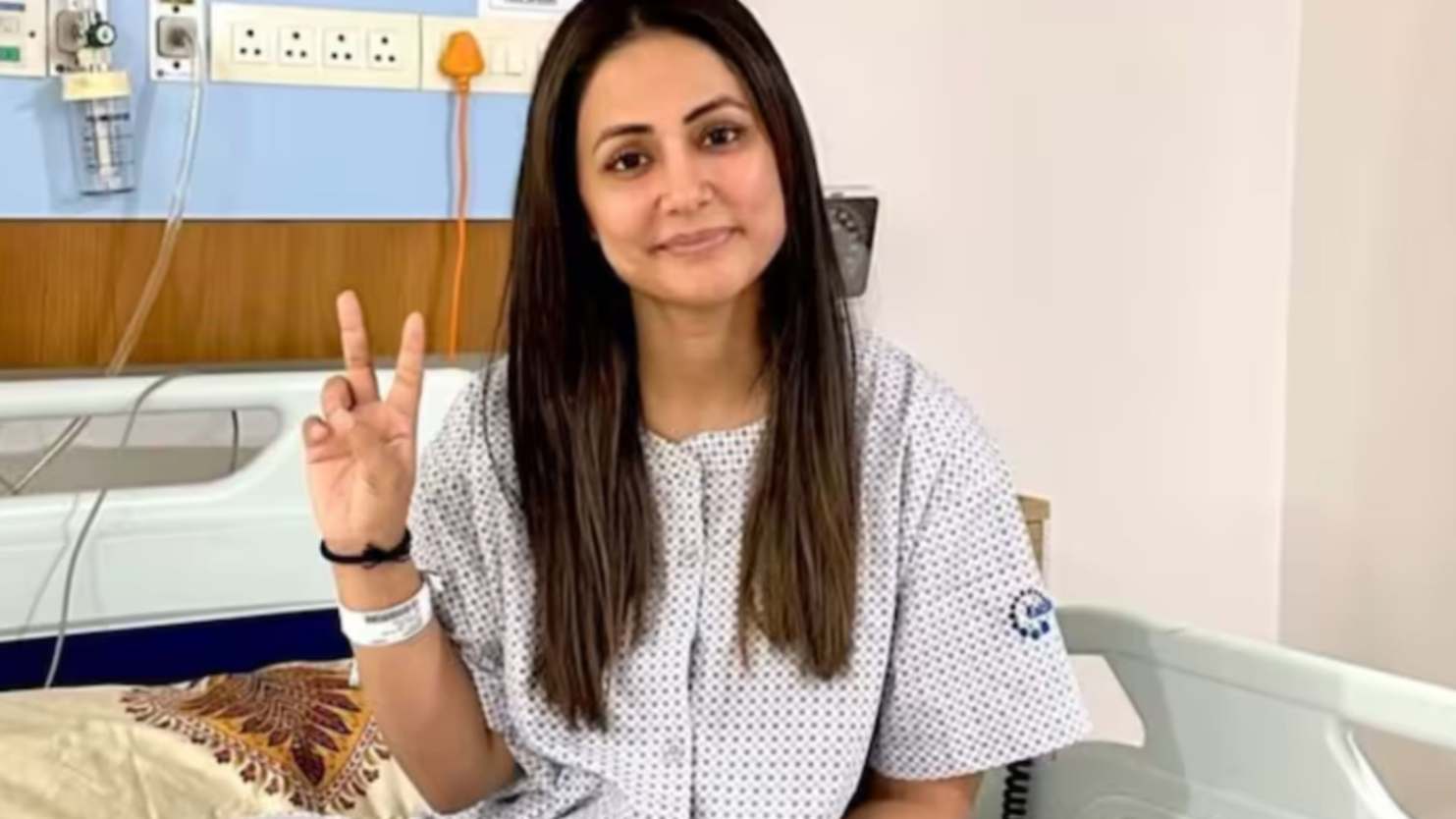
Hina Khan, a Very popular Television actor on Friday revealed that she has been diagnosed with stage 3 breast cancer. The 36-year-old actor shared on Instagram that her treatment has already begun. Female Breast cancer is becoming one of the most common types of cancer in India. Breast cancer is not only suffered by females but by males also, Spreading awareness regarding breast cancer and detecting its early signs is really important for all, In this article we’ll talk about how to self -examine breast cancer at home and what are the precautions for it.
How to self – examine breast cancer at home
SELF EXAMIN FOR HER
Check Yourself a week after your periods start when swelling and sensitivity are less.
- Check your breasts in front of the mirror for any symptoms or abnormalities.
- Check Your Nipples Carefully, lumps may be found around the nipple.
- In a sitting or a standing position, use the pads of the three middle fingers just below your breast; examine using light, medium and deep pressure.
- Examine starts at the collarbone and continues down and up the entire breast in a vertical pattern.
- Position yourself on the bed which leads to more even distribution of breast tissue, at least repeat 3,4 times.
SIGNS AND SYMPTOMS
- Swelling of all parts of the breast even if no distinct lump is felt.
- Skin irritation or dimpling [ sometimes looking like an orange peel.]
- Breast or Nipple pain.
- Nipple Retraction. [ Turning inward]
- Redness, scaliness, or thickening of the nipple or breast skin.
- Nipple discharge [other than breast milk]
SELF EXAMINE FOR HIM
Check Yourself on the same day every month
- Check your breasts in front of the mirror for any symptoms or abnormalities.
- Check Your Nipples Carefully, lumps may be found around the nipple.
- In a sitting or a standing position, use the pads of the three middle fingers just below your breast; examine using light, medium and deep pressure.
- Examine starts at the collarbone and continues down and up the entire breast in a verticle pattern.
- Position yourself on a bed which leads to more even distribution of breast tissue, at least repeat 3,4 times.
SIGNS AND SYMPTOMS
- A painless lump or thickening in your breast tissue.
- Changes to the skin covering your breast, such as dimples, wrinkling, redness or scaling.
- Changes to your nipple, such as redness or scaling or a nipple that begins to turn inward.
- Discharge from your nipple.
WAYS TO PREVENT BREAST CANCER AT HOME
- Keep Weight in check – Being overweight can cause a risk in different cancers, including breast cancer, especially after menopause.
- Be physically active – Any amount of physical activity is better than none. Regular exercise lifts your energy level, controls your weight and keeps you away from many serious diseases.
- Don’t smoke – Smoking causes at least 15 different cancers including breast cancer. If you smoke then quitting smoking is the only healthy lifestyle that you can choose.
- Eat green & fruits and avoid alcohol – A Healthy diet lowers the risk of breast cancer, eating less oil fruits and vegetables and avoiding alcohol.
- Breastfeed, if possible – Breastfeeding for a total of 1 year or more lowers the risk of breast cancer. It is not only good for you but also the child.
- Avoid birth control pills, especially after 35 or if you smoke – Women taking birth control pills have a slightly higher risk of breast cancer, however taking birth control pills has many benefits too but right now the concern is about is breast cancer.
- Avoid Menopausel Harmone Therapy – This therapy should not be taken to prevent chronic disease, if women do take menopausal therapy then it should be the shortest time possible. The best person to talk to about its benefits and risks is your doctor.
- Tamoxfine and Raloxfene for women at high risk – Approved by the FDA for breast cancer prevention, these powerful drugs can have side effects, so they aren’t right for everyone. If you think you’re at high risk, talk to your doctor to see if tamoxifen or raloxifene may be right for you.
















